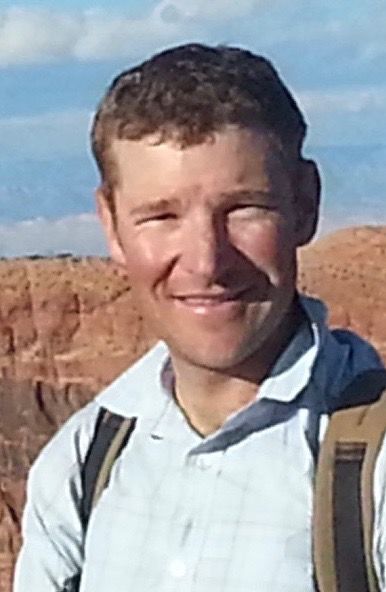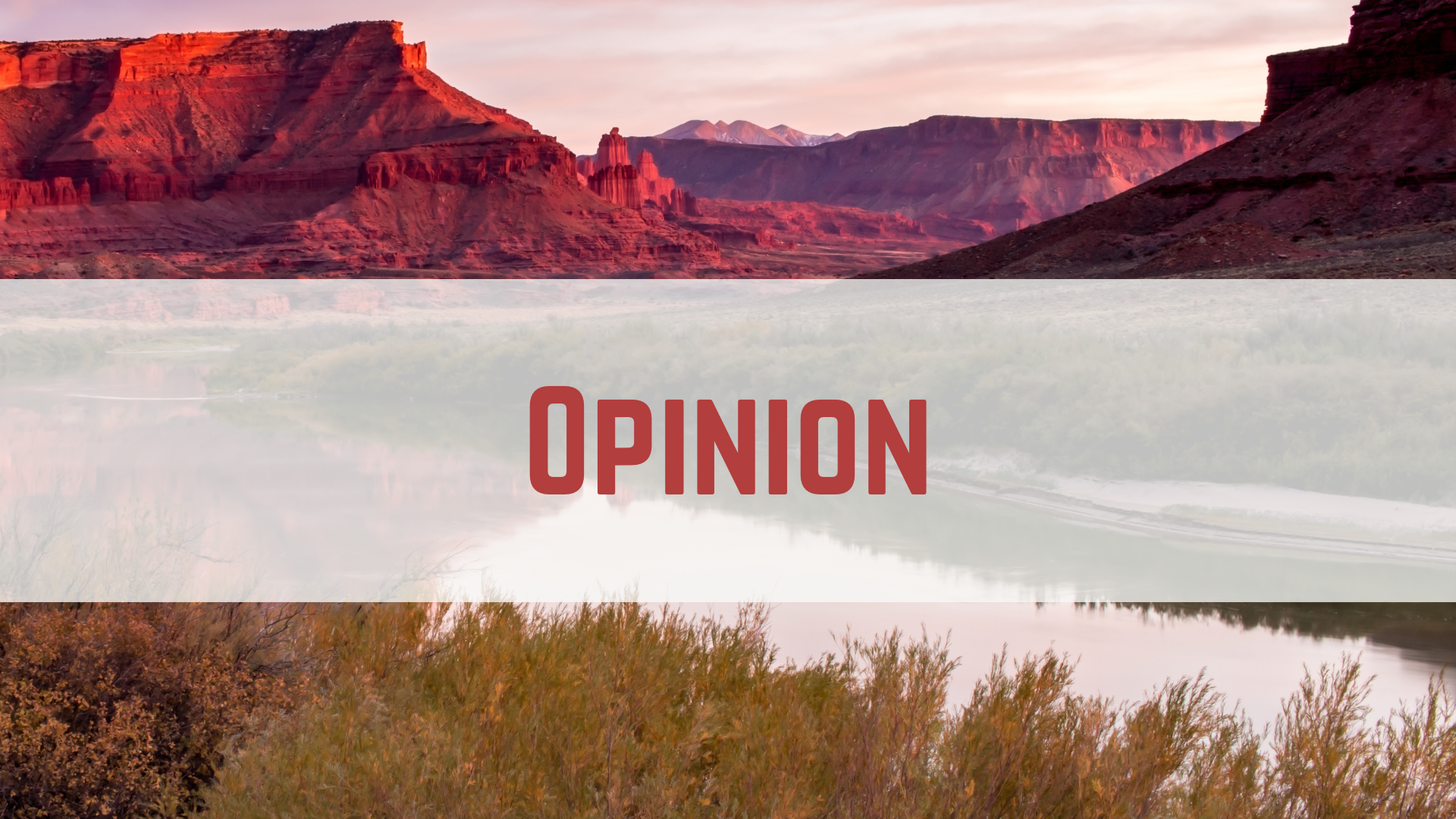Some information may be outdated.
I recently returned from a weeklong solo traverse of the southeastern reef of the San Rafael Swell. This uplift rises 1,500 feet above the surrounding desert and contains massive flatirons of sandstone that compose the “reef.”
The San Rafael Swell is west of Green River, bisected by Interstate 70, and is located in Emery and Wayne counties. Finding my way through the Kayenta sandstone, I traversed the high ridges in some of Utah’s most impressive canyon country. Along the way I saw traces of the past, including projectile points and Barrier Canyon-style rock art. I encountered wildlife including whitetail deer, coyotes, eagles and even a gray fox. What struck me the most, however, was the nearly uninterrupted silence and 360-degree views.
Since 2005 I have worked as an outdoor educator in this landscape, leading young adults through the impressive network of canyons, mesas, domes and ramps that characterize the San Rafael Swell. I have been so lucky as to have experienced these canyons with many students during different times of the year; finding a waterhole in the heat of summer, and getting snowed on while swimming through freezing “potholes” in the narrow slot canyons during the spring and fall.
Unfortunately this landscape may lose some of its current protections through a proposed bill by Utah’s Sen. Orrin Hatch and Rep. John Curtis who are pushing to get the Emery County Public Land Management Act passed in the next couple of weeks during the current “lame duck” session of Congress. This legislation also targets portions of the Labyrinth Canyon of the Green River. This bill could affect almost 1.5 million acres. This bill should be stopped unless it is improved.
Specifically, this bill fails to protect remarkable and critical intact-wilderness landscapes as wilderness, and rolls back existing Wilderness Study Area (WSA) protections to facilitate motorized recreation. It also authorizes a land exchange that will give the Utah School and Institutional Trust Lands Administration (SITLA) ownership of wilderness-quality public lands which could lead to commercial development of areas like Chute Canyon and Crack Canyon.
Instead, wilderness designation that reflects current wilderness study areas should be included in the long-term planning for this area. For example, under the proposed bill, the wilderness experiences that river travelers enjoy through Labyrinth Canyon could be lost due to an increase in motorized access and possible energy development. The acceptable legislation would protect against these types of threats on both sides of the river in both Emery and Grand counties.
Muddy Creek drains the southwestern San Rafael Swell. It is the second largest undeveloped block of Bureau of Land Management land in Utah, with nearly a quarter-million acres of wilderness-quality lands that contain critical riparian habitat. Rather than protect this area with a contiguous wilderness designation, the Emery County bill fragments this landscape with off-road vehicle routes. Furthermore, wilderness protections should extend beyond arbitrary political boundaries and continue south into adjacent Wayne County.
Horseshoe Canyon, home of the world-famous Great Gallery rock art panel, is currently protected as a detached unit of Canyonlands National Park. Unfortunately only a small part of the canyon is protected, and under the Emery County bill, it is likely that incredible cultural resources could be damaged elsewhere in this area.
Lastly, the San Rafael Badlands is located on the western reach of the San Rafael Swell. This remote area is less traveled than other parts of the San Rafael Swell and is characterized by a diverse landscape of mesas, mountains and canyons. Having personally walked from Factory Butte to Interstate 70 along this area, I can attest to its stillness, quality of habitat and the likelihood of yet-to-be discovered cultural resources. The Emery County bill would be more effective if it designated this 200,000-acre zone as the proposed San Rafael Badlands National Conservation Area.
Sen. Hatch should serve all Americans by coming to the table and improving the Emery County Public Land Management Act. Please consider contacting your representatives to let the Utah delegation know that this subpar legislation does not pass muster.
Chris Benson has been working in and around Moab since 2005, and recently finished an M.S. in geology at Northern Arizona University studying modern and past climate change in the Alaskan Arctic. As a lifelong resident of the arid Southwest, he hopes to continue to play an active role in preserving our greatest resources and helping to create a more equitable world.
“This bill should be stopped unless it is improved.”
Appreciate the coverage? Help keep local news alive.
Chip in to support the Moab Sun News.



